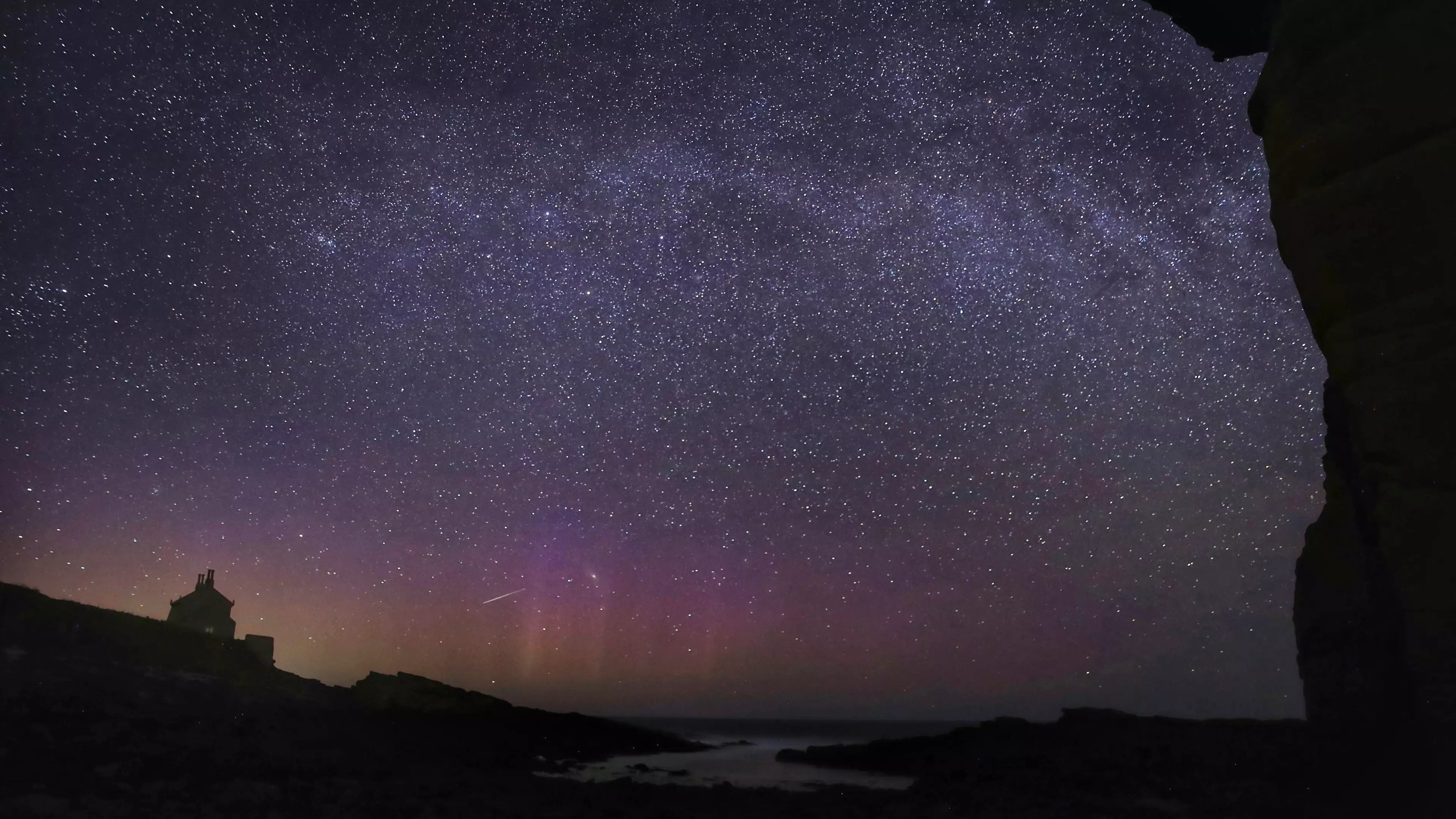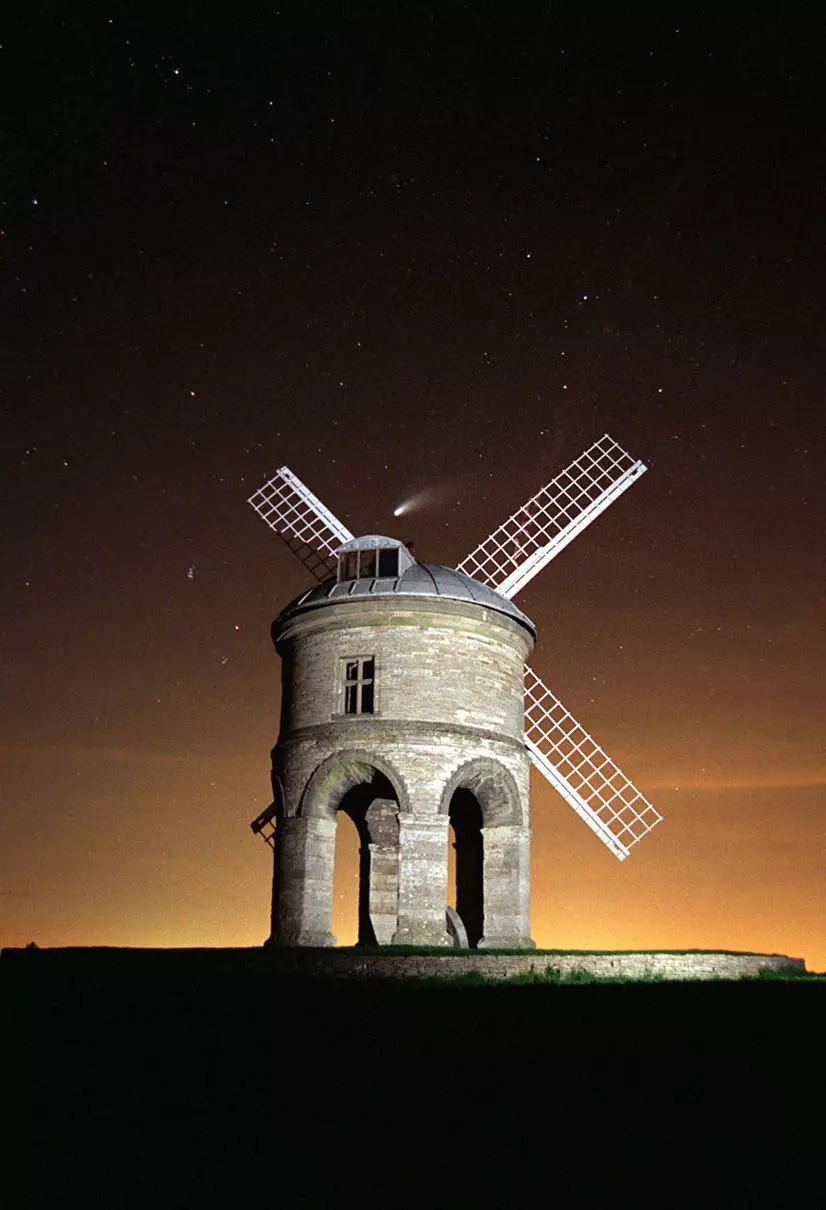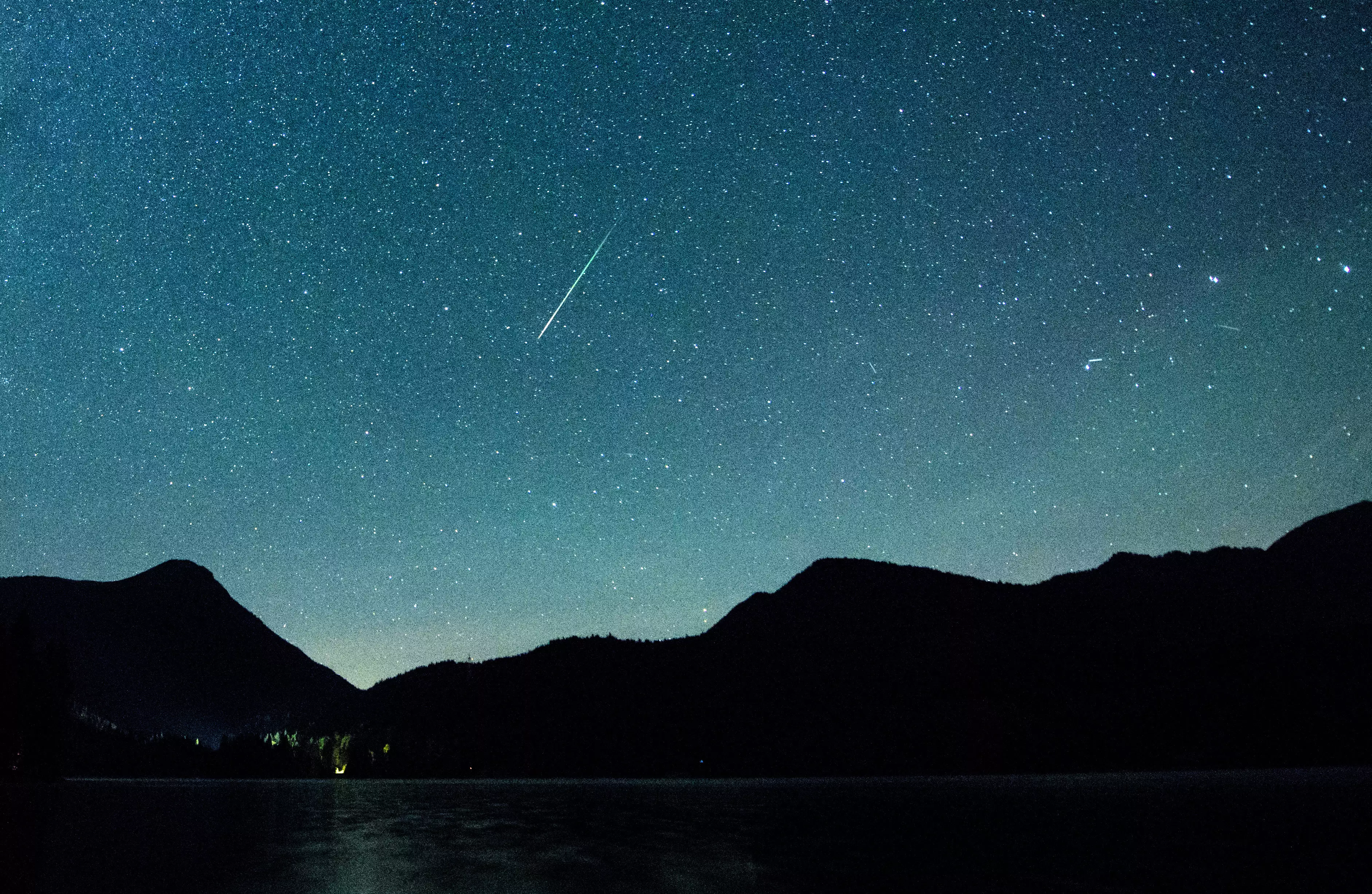
Stargazers are set to enjoy a spectacular meteor shower this month.
The Orionid meteor shower will see hundreds of shooting stars skip across the sky, with the spectacular event starting today (2 October) right through to 7 November.
But if you want to see the very best of it, the date to bear in mind is 21 October, as that is when the shower is at its peak and gazers can expect to see up to 15 meteors an hour.
Advert
The spectacle occurs every time Comet Halley returns to the inner solar system and sheds its nucleus of 'ice and rocky dust into space'.
During October, the grains of dust eventually become the Orionids before becoming the Eta Aquarids in May - if they collide with Earth's atmosphere.

Comet Halley takes around 76 years to orbit the Sun, with the last sighting by casual viewers being reported in 1986.
Advert
According to NASA, Halley won't re-enter the inner solar system again until 2061.
In a blog post, NASA offered some tips on trying to watch the shower.
It said: "The Orionids are viewable in both the Northern and Southern hemispheres during the hours after midnight
"Find an area well away from city or street lights. Come prepared with a sleeping bag, blanket or lawn chair,.
Advert
"Lie flat on your back with your feet facing southeast if you are in the Northern Hemisphere or northeast if you are in the Southern Hemisphere, and look up, taking in as much of the sky as possible.

"In less than 30 minutes in the dark, your eyes will adapt and you will begin to see meteors.
"Be patient -- the show will last until dawn, so you have plenty of time to catch a glimpse."
Advert
It was named after Edmond Halley, who found 1705 that the three comets that seemed to return every 76 years were the same one.
But this isn't the only cosmic event we will be treated to this year.
This Halloween there will be a blue moon for the first time since 31 March 2018. It will be the last blue moon to fall on Halloween until 2039.
If you're unaware, a blue moon refers to there being two full moons within the space of one calendar month. So unlike a blood moon or a super moon, in which the physical appearance of the moon is - or at least appears to be - altered, this just means there will be two full moons in October. The first will fall on the first day of the month, and the second, obviously, on the last.
Topics: Science, World News